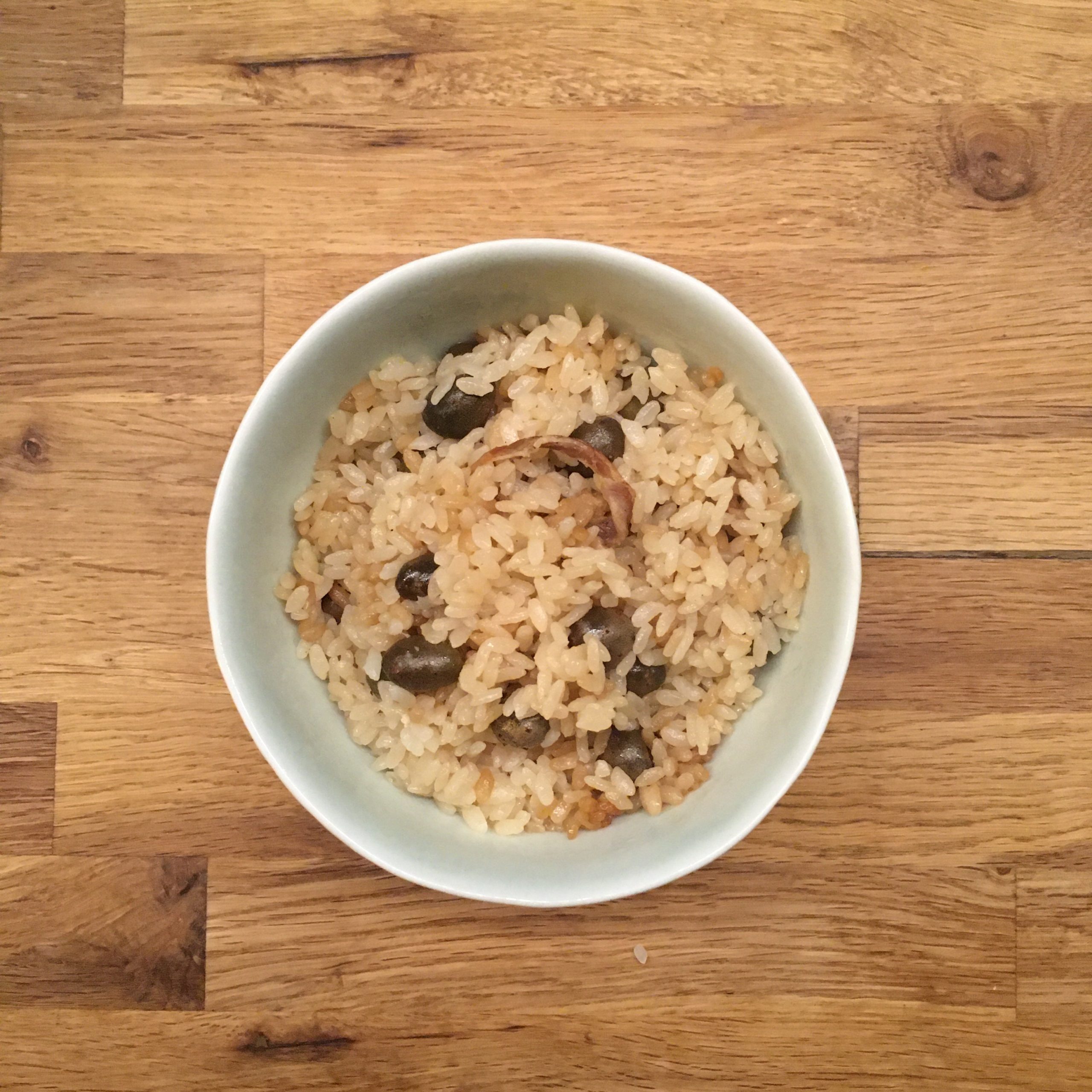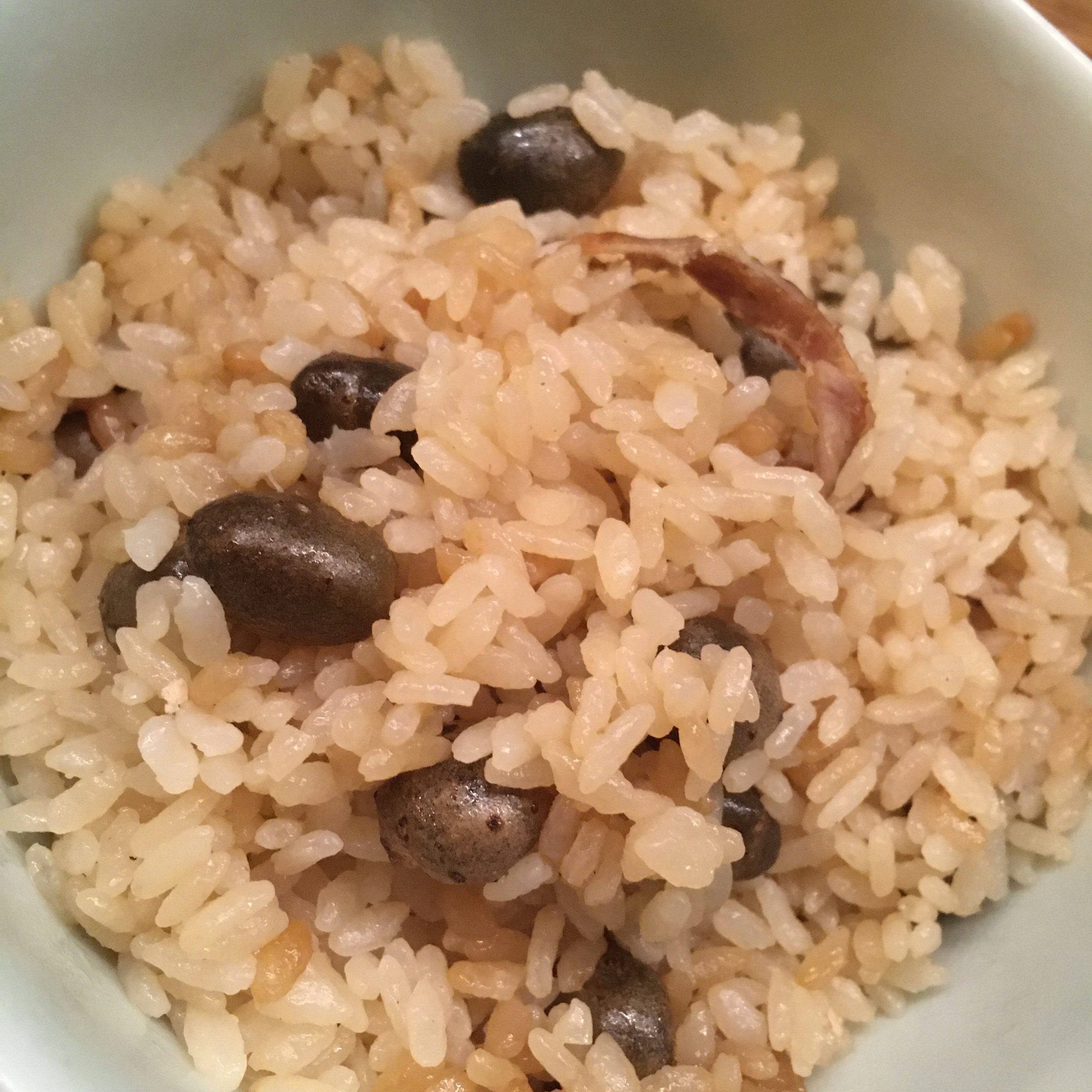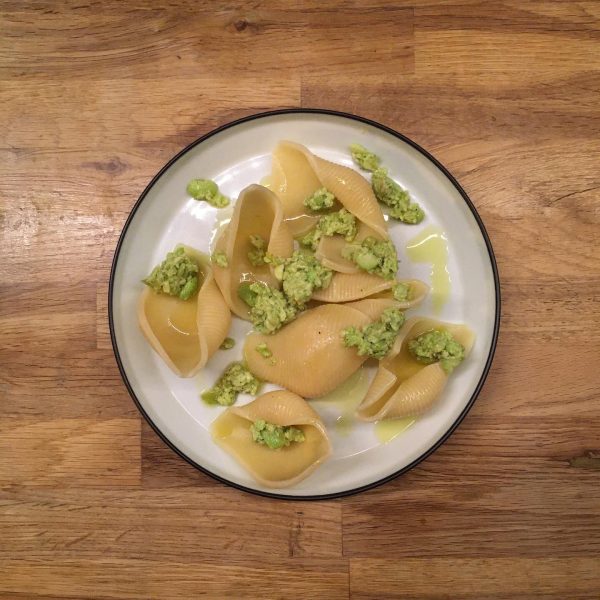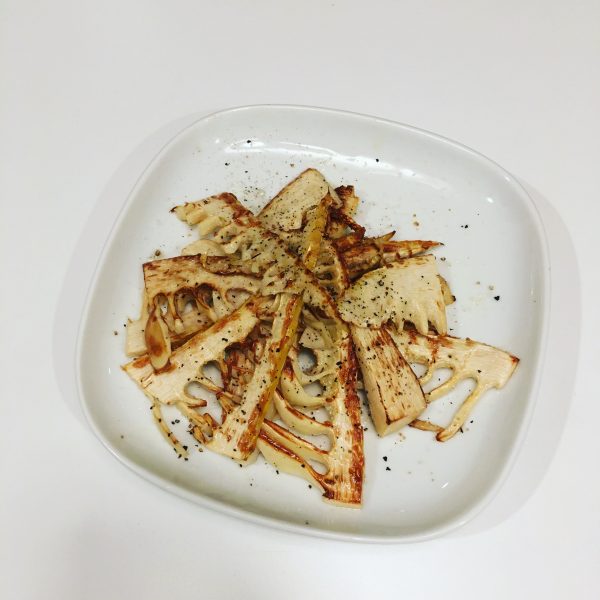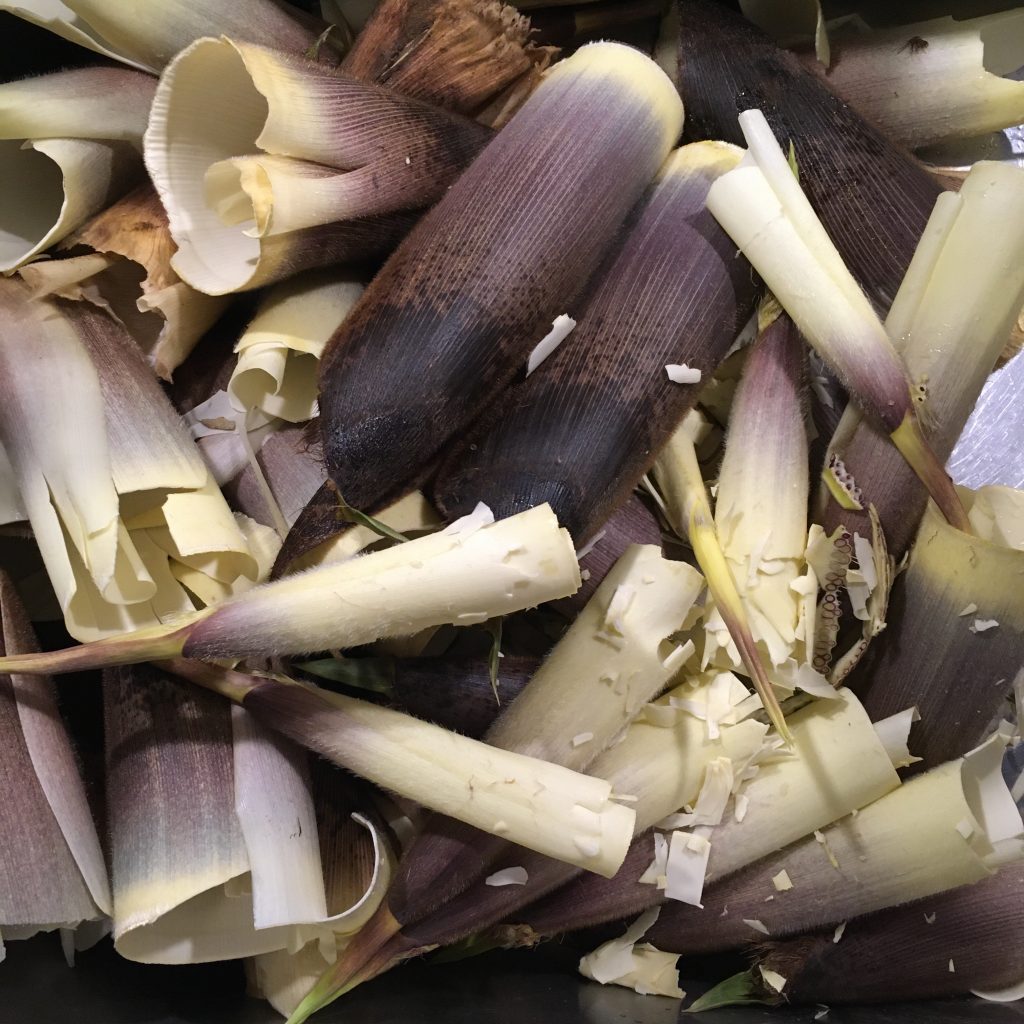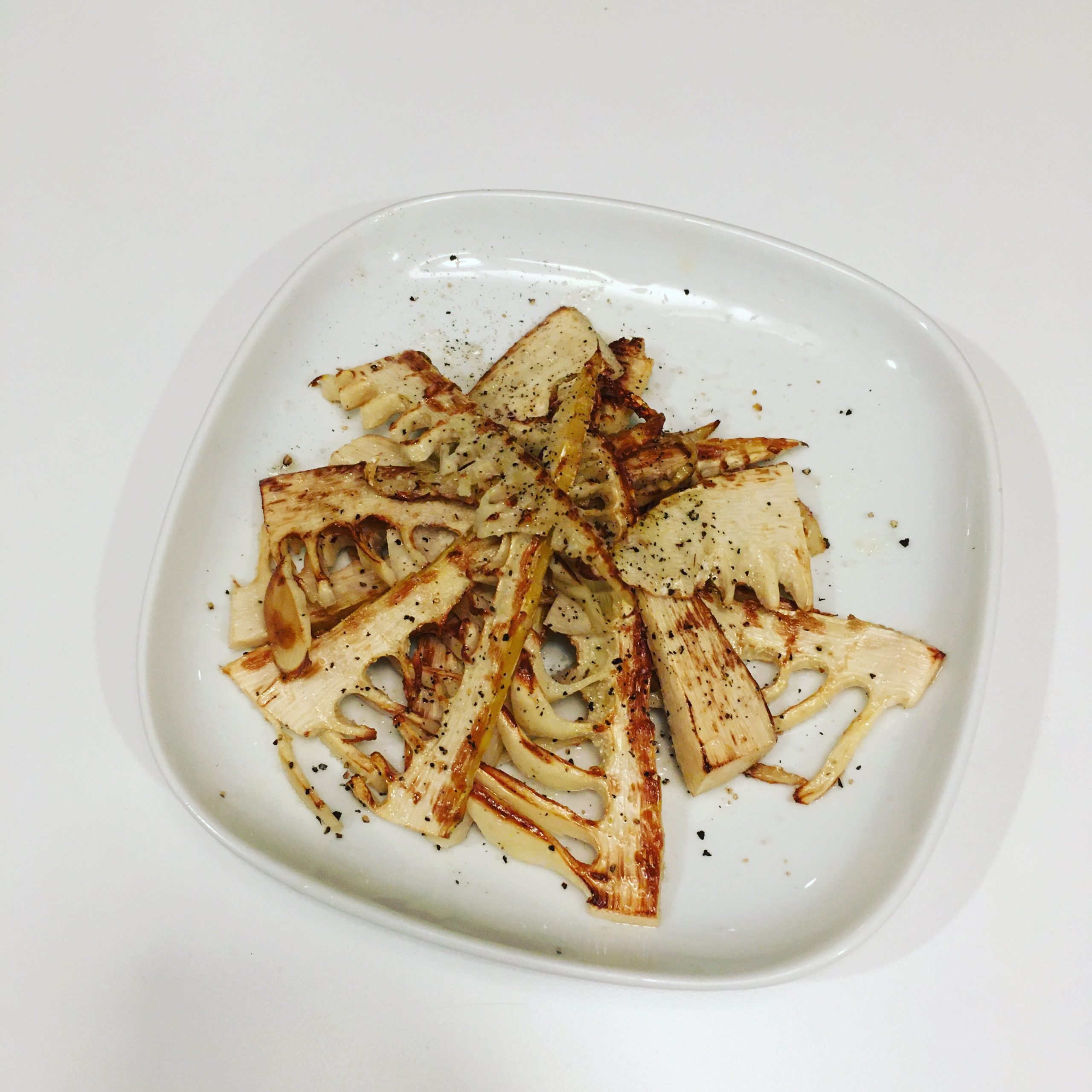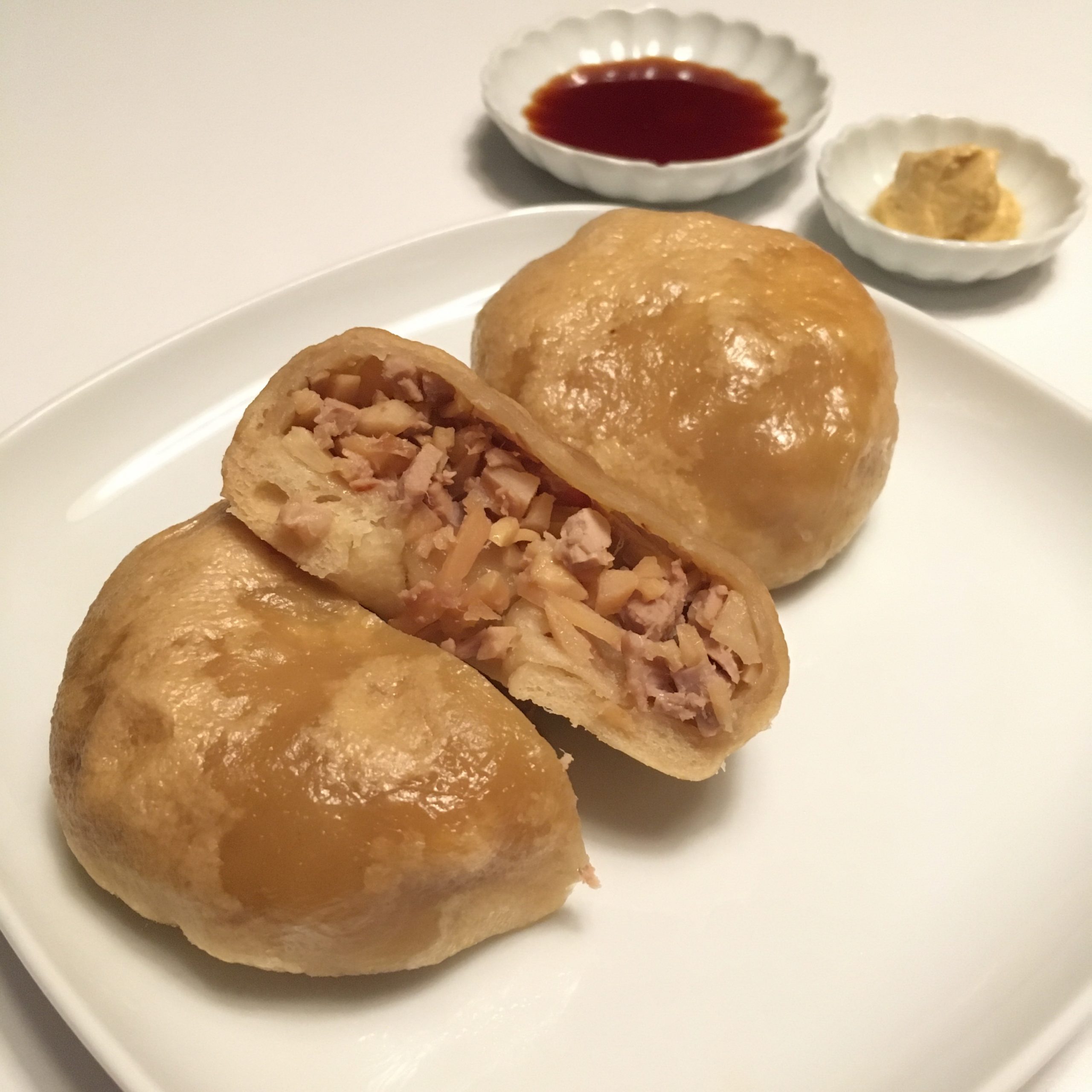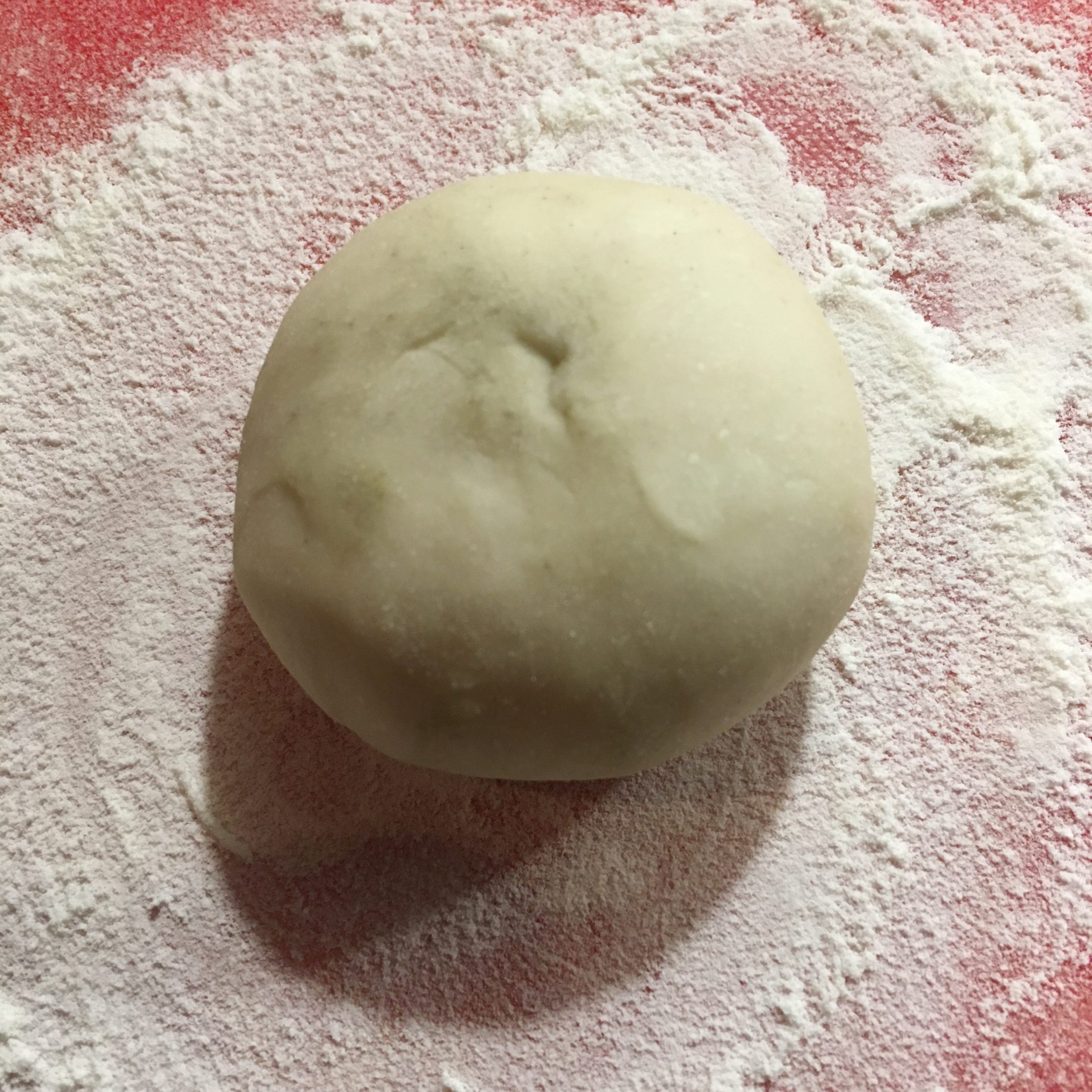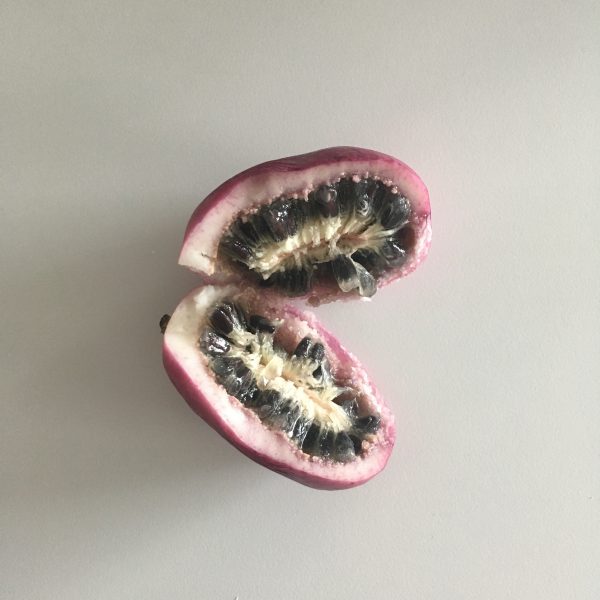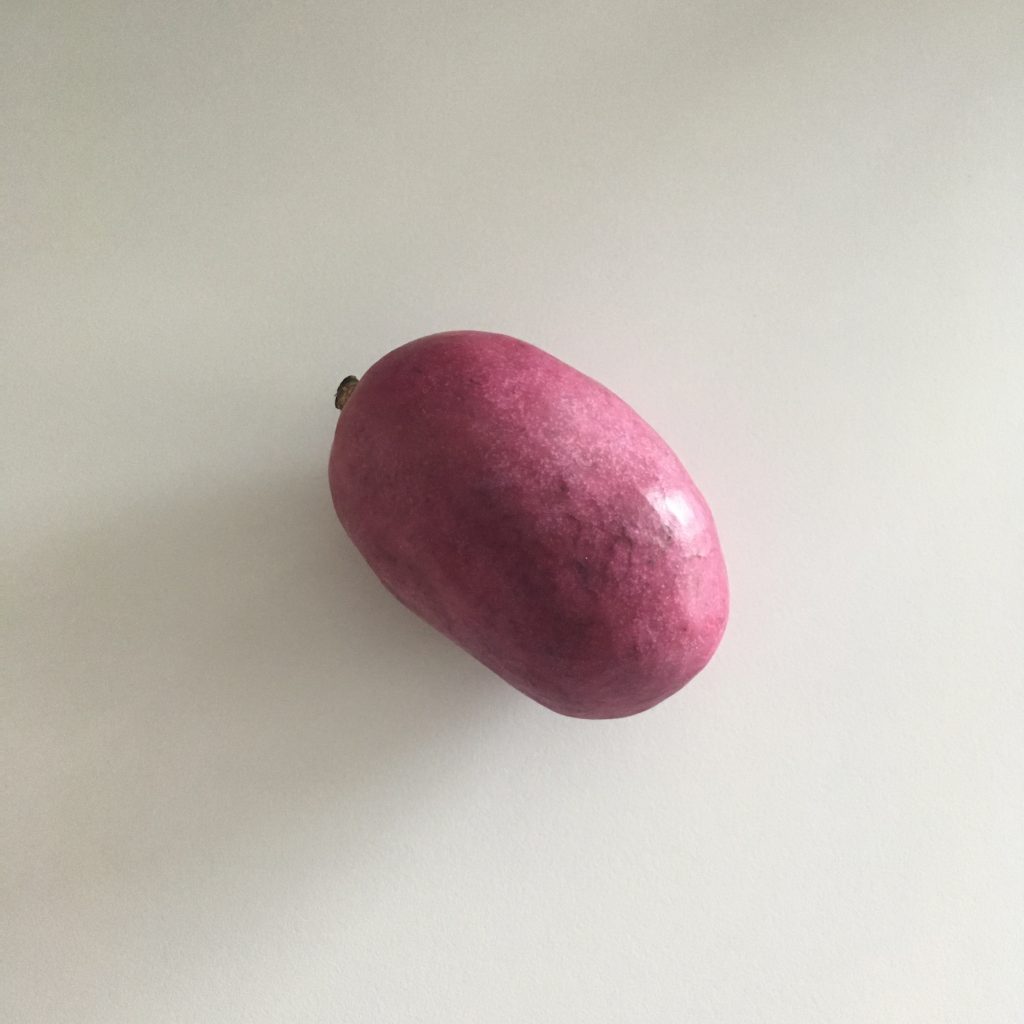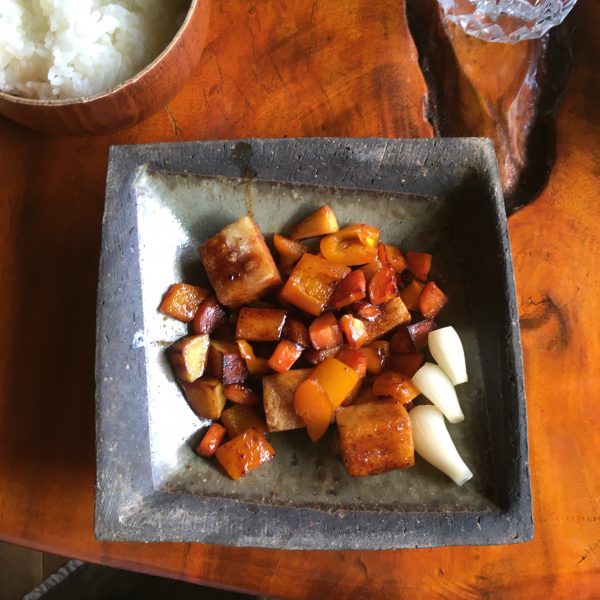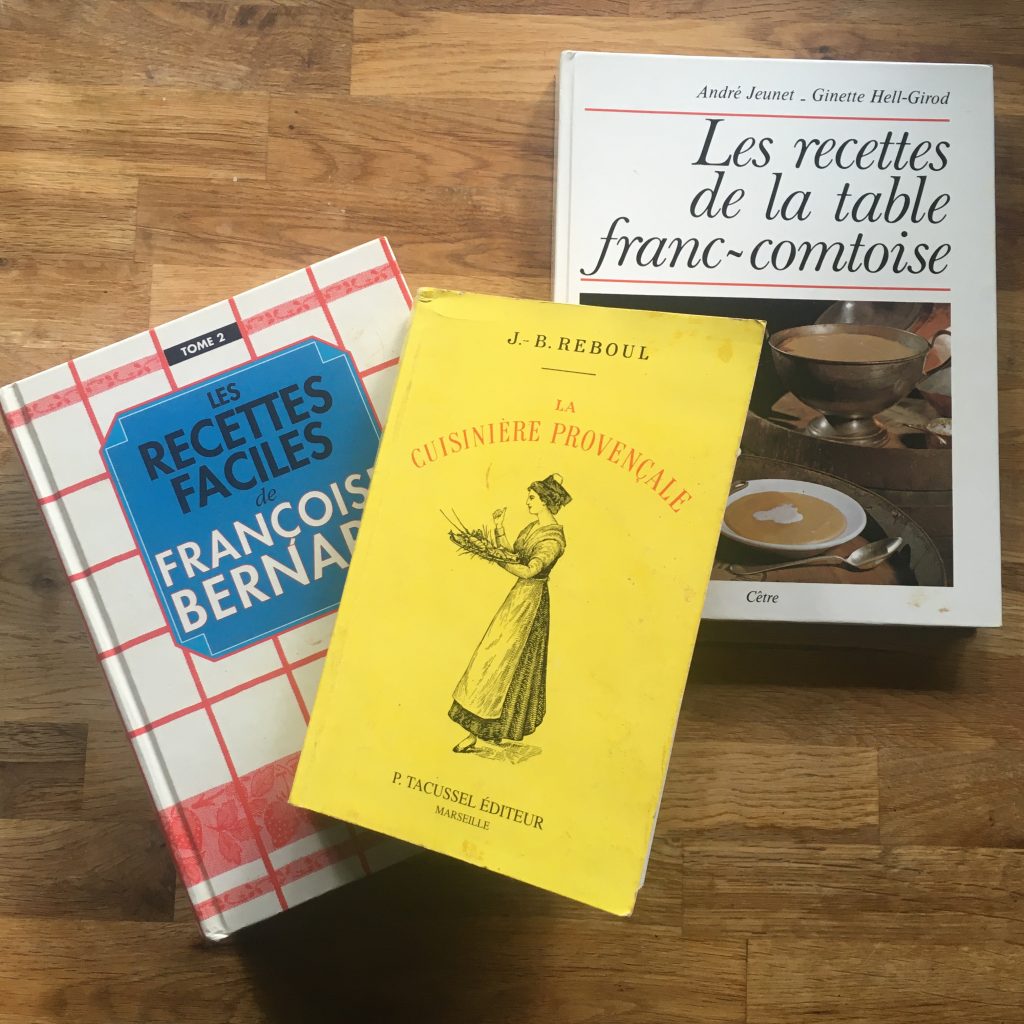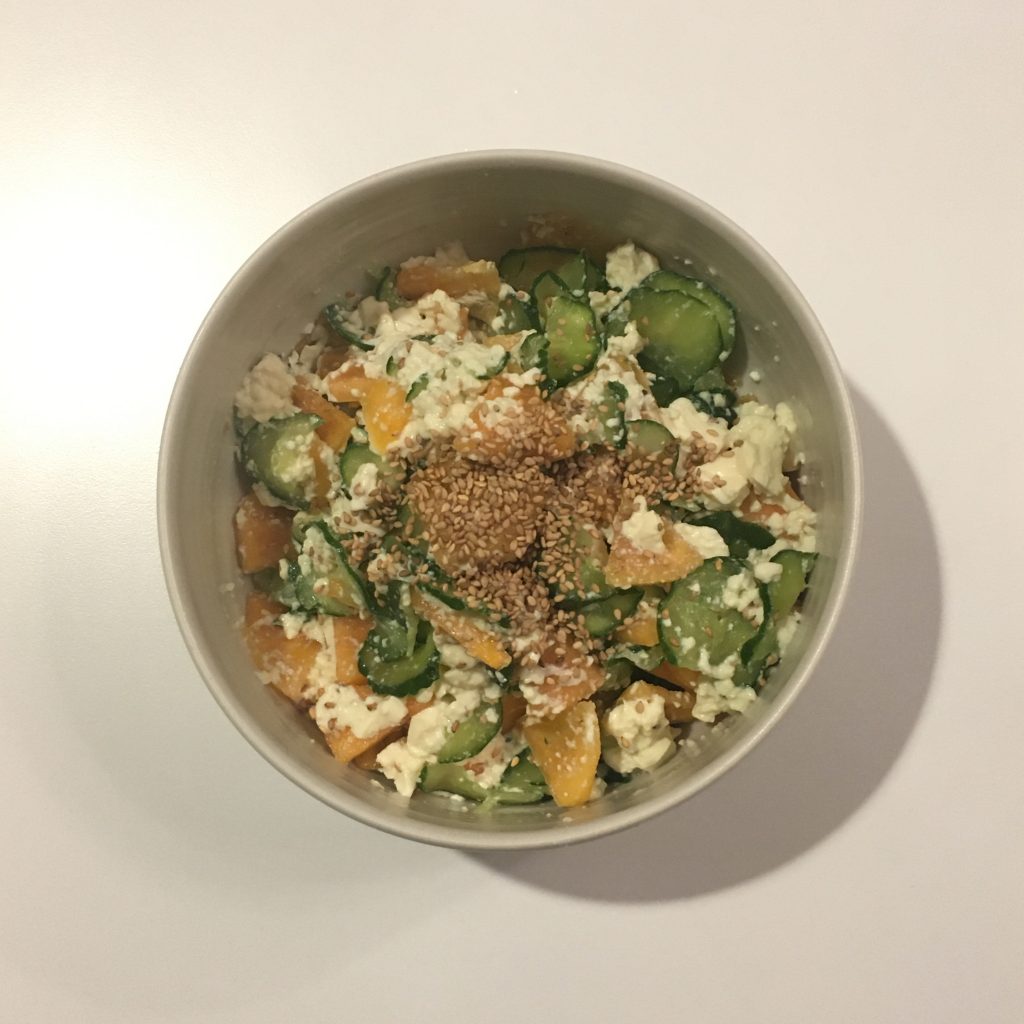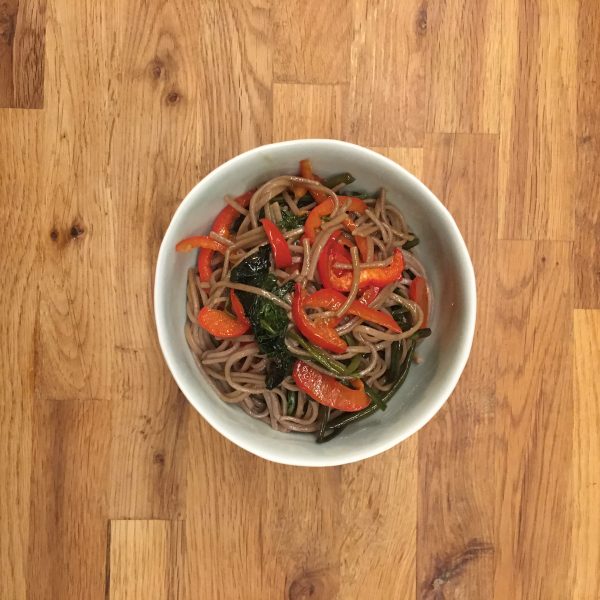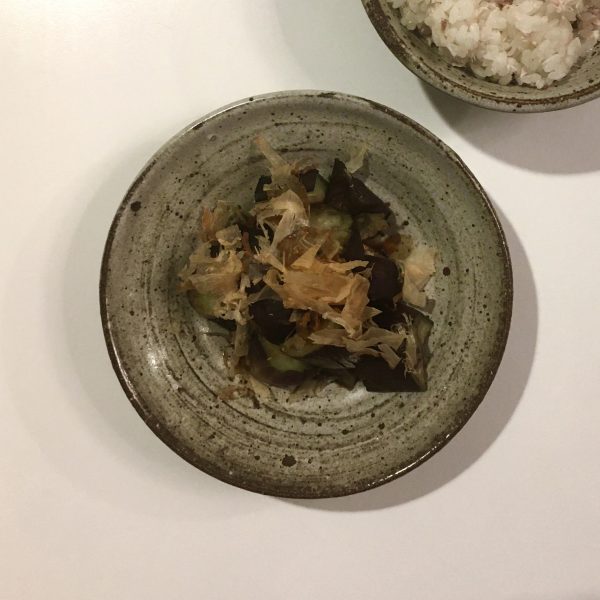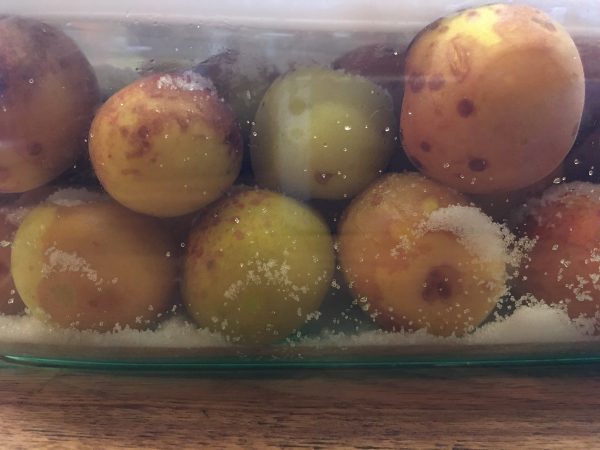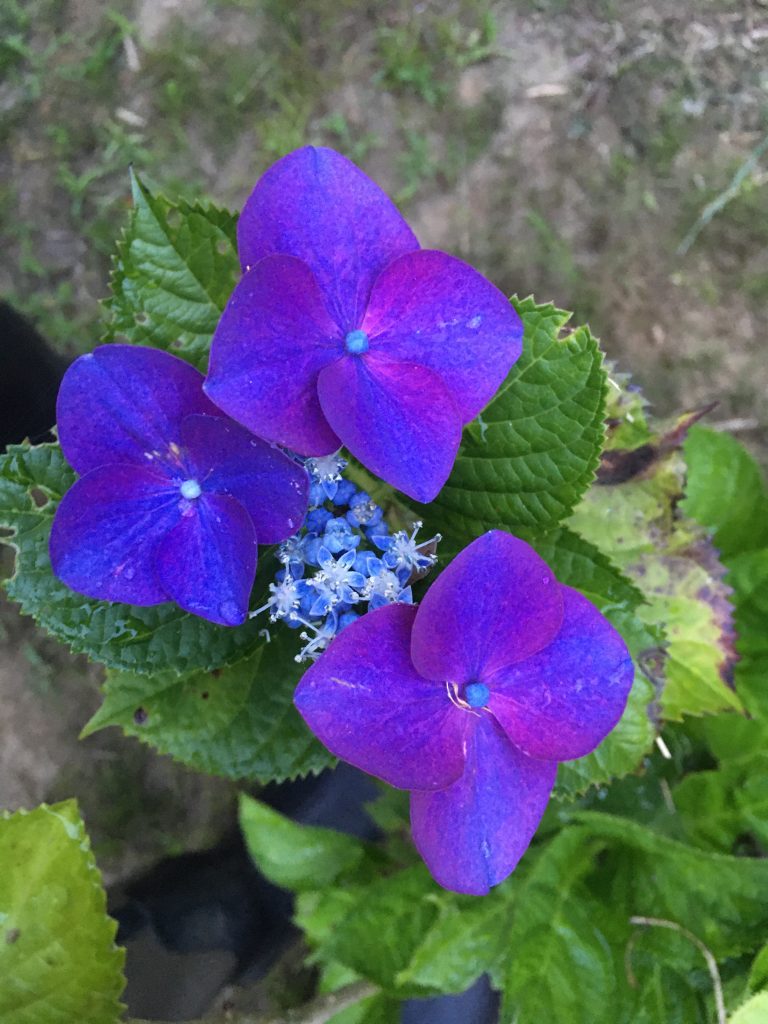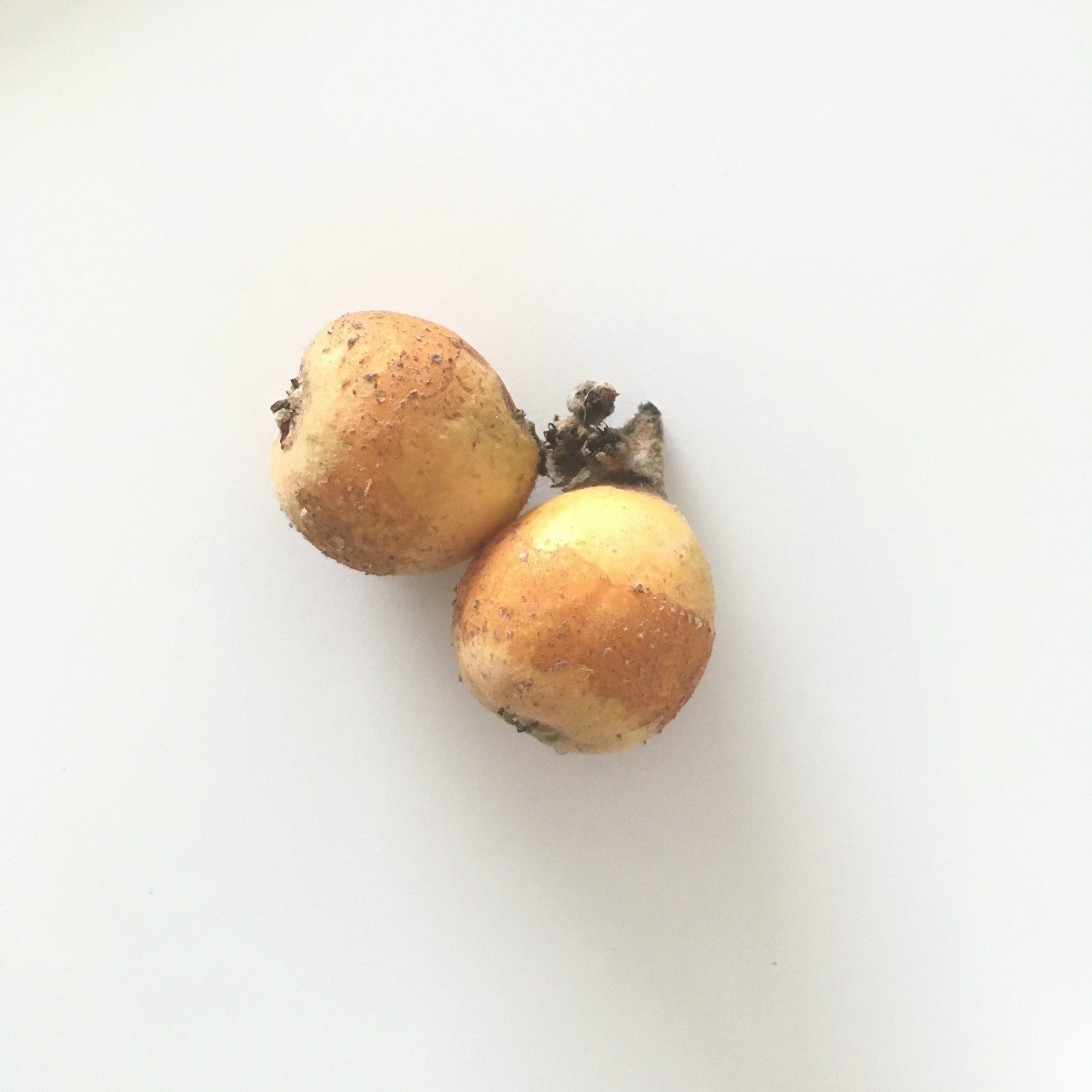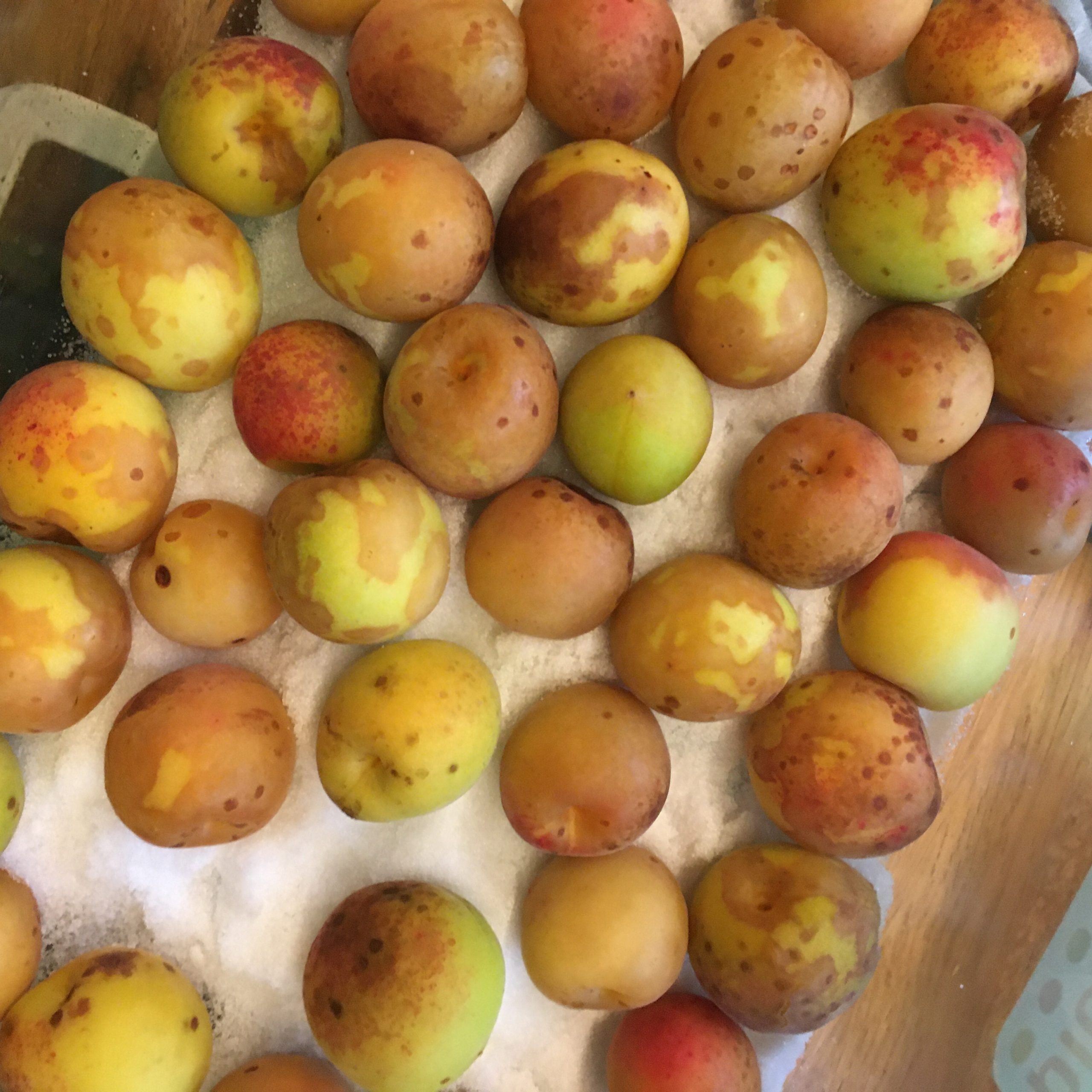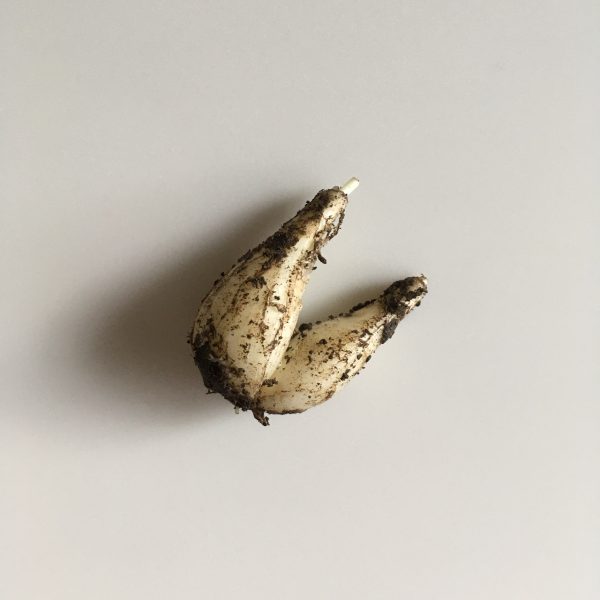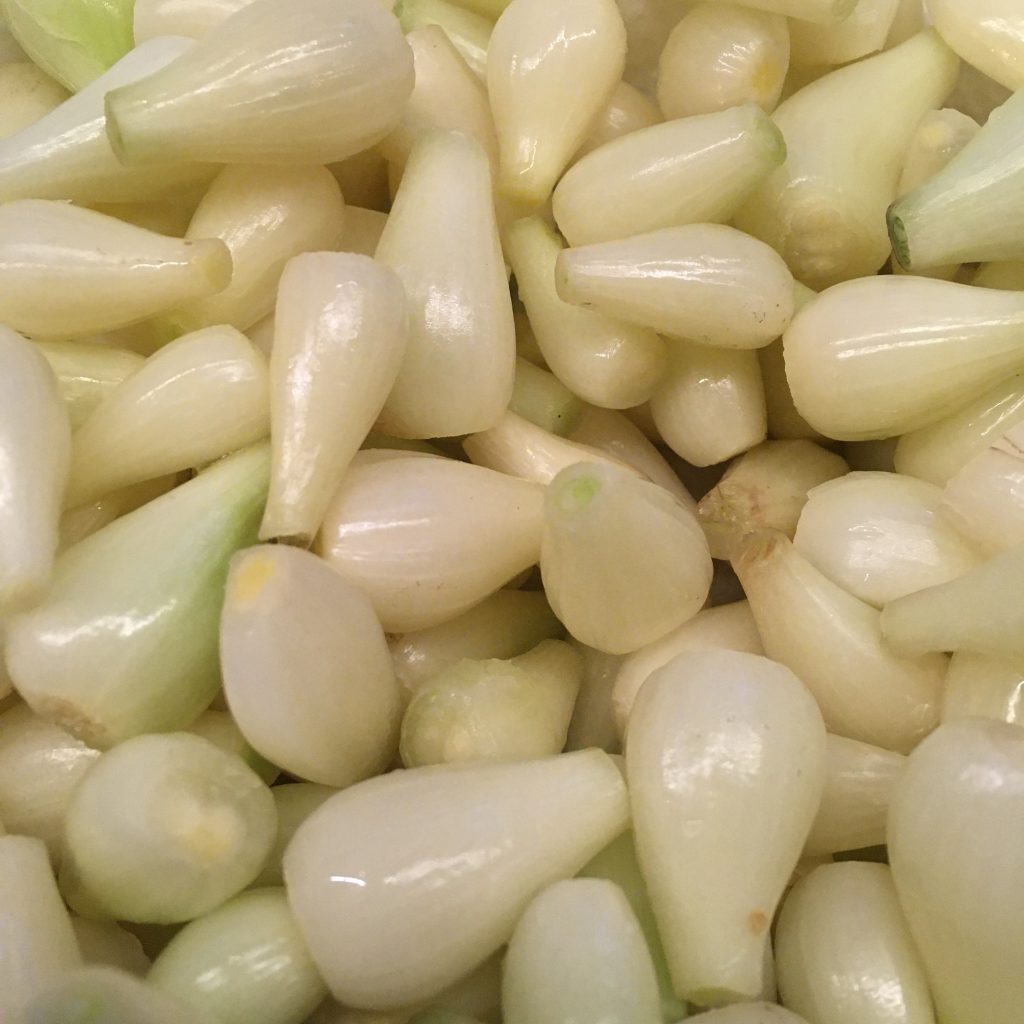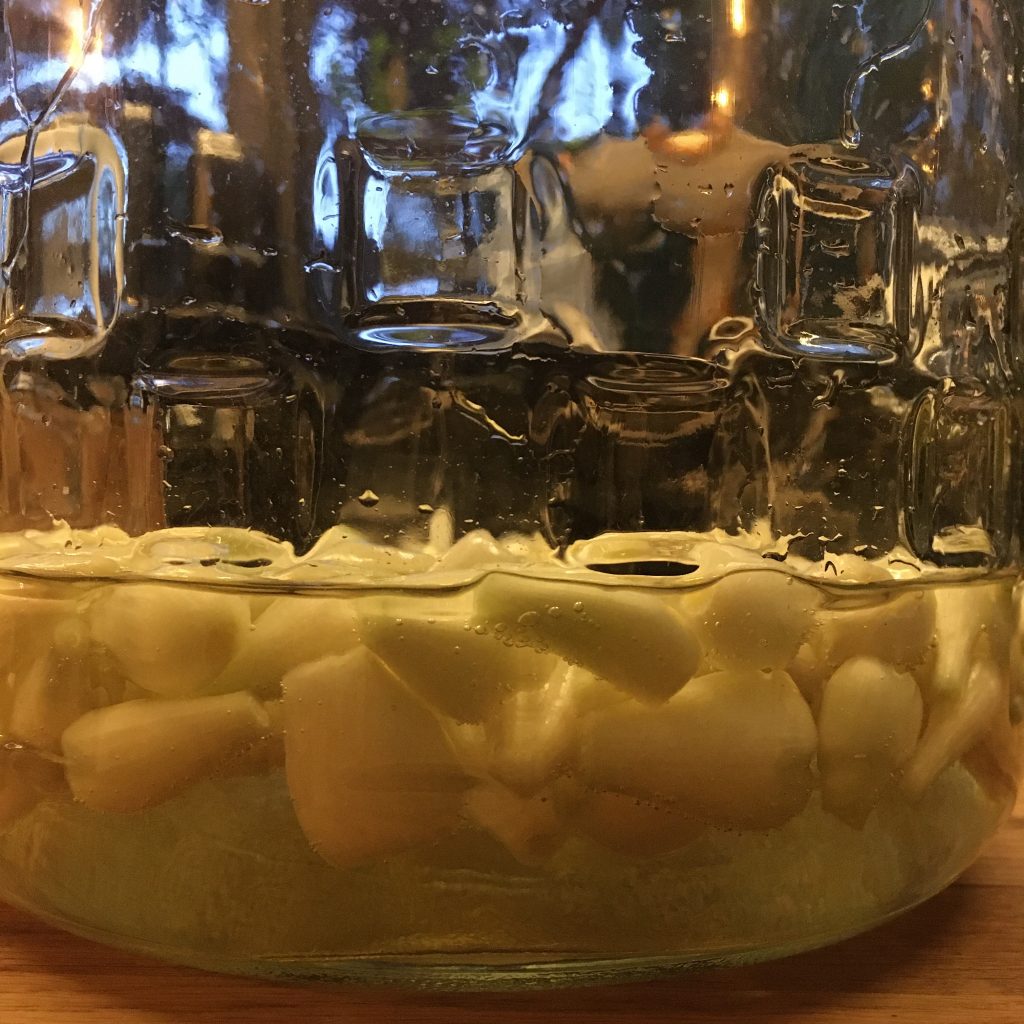So…if you have read my previous post you may have read that in Kanazawa I bought some mysterious food (I don’t know if we can call it fruit or vegetable…): propagule-ムカゴ-mukago. It looks like a tiny potato with a darker skin. It’s the “fruit” of the Japanese mountain yam-山芋-yamaimo. It wasn’t the first time I saw some but never ventured in trying cooking them before and they are local in Kanazawa, so it made sense for me to try there.
As many of the food in Japan, the first recipe that comes to mind is to cook with rice. Mukago are no exception. I was recommended to cook them with rice and a piece of bacon. That seemed simple enough to try right away. However, recently I have been having a hard time finding good local bacon, the pork is usually imported-輸入-yunyu, and that I don’t buy… so instead I decided to buy fresh pork belly, and cook it with salt and pepper, not exactly the same thing as bacon but close enough and at least it is easy to find local fresh pork.
Mukago rice was a huge hit with A., much more than I expected!! Actually mukago are amazingly delicious. They have a very nice complex texture, a very subtle flavor with violet and flowery notes, very sophisticated. I instantly loved them!
I need some thinking and testing to understand in what kind of preparation they could be good. I tried in vegetables stew, but found that their flavors was suffocated by the other vegetables. It could be that rice is their best friend!! I’ll more investigations… in the meantime here is the mukago rice recipe. Enjoy!
Mukago rice ムカゴご飯 (4 servings)
- 300g (2合-gou)of Japanese rice (I exclusively use Koshihikari from Isumi or Onjuku, but any Japanese rice is ok)
- 200g of bacon (slice or block)
- 1cup of mukago
Rinse the mukago.
Wash the rice.
In a large and thick pan or in a rice cooker bowl put all the ingredients. Add 400ml of water and cook. If you use a rice cooker chose the takikomi-炊き込み option if you have one. If you cook in a pan, start at medium heat until the first boil. Then cover and cook at low heat for 30min (check eventually that it’s not too quick nor too slow, and adjust timing, but don’t stir…) then stop heating but let rest for 5more minutes before serving.
Et voila!

